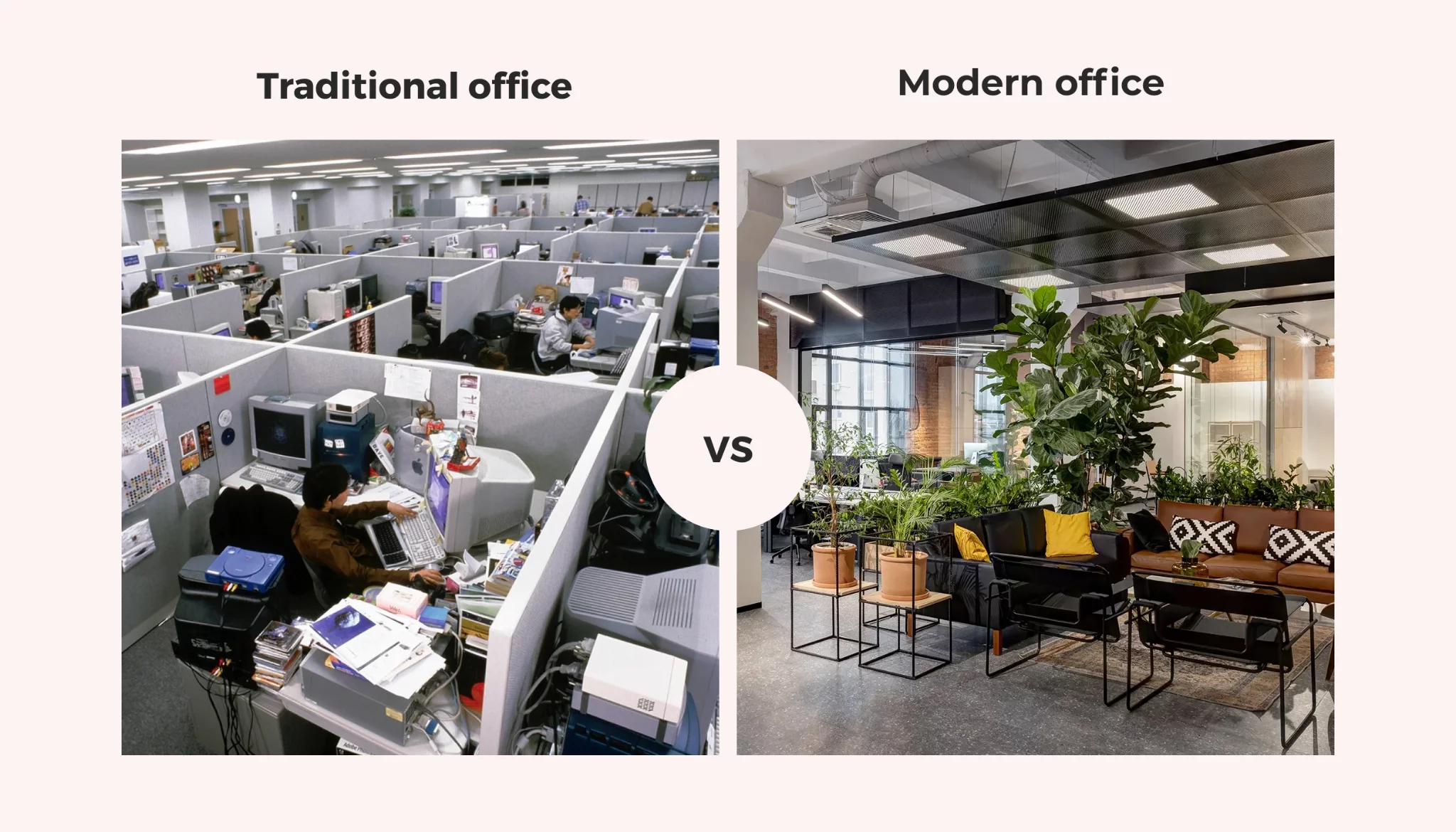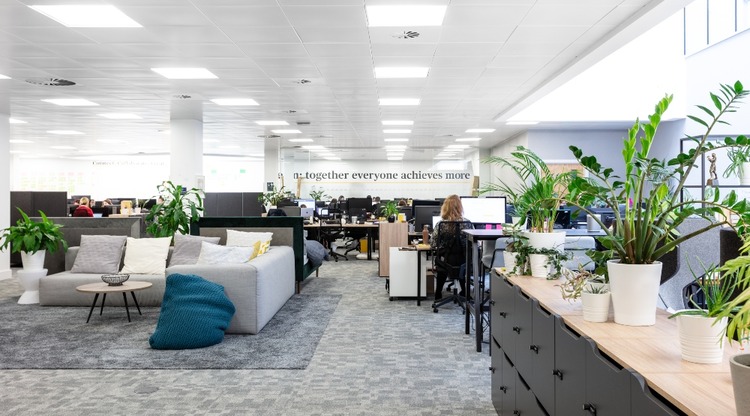Introduction:
The landscape of workspaces has evolved significantly in recent years, with traditional offices no longer being the only option for businesses. The rise of flexible office spaces has introduced a new dynamic to the workplace, offering companies alternatives that align with the changing needs of modern work environments. In this blog, we will explore the characteristics, benefits, and considerations of traditional offices and flexible office spaces, empowering you to make an informed decision about the type of workspace that suits your business best.
Traditional Office: Stability and Ownership
For decades, traditional offices have been the go-to choice for businesses. Here are some key features of traditional offices:
1. Ownership: Companies have full control over a traditional office space, either through ownership or long-term leasing agreements.
2. Customization: Traditional offices allow complete customization to reflect a company's brand, culture, and specific requirements.
3. Infrastructure Investment: Businesses are responsible for setting up and maintaining the office infrastructure, including IT systems, furniture, utilities, and amenities.
4. Fixed Costs: Traditional offices generally involve higher upfront costs, such as lease agreements, property purchase, renovation expenses, and ongoing operational expenses.
5. Control over Operations: Companies have autonomy in managing day-to-day operations, security, maintenance, and administrative tasks.
Flexible Office Space: Agility and Adaptability
Flexible office spaces, also known as coworking spaces or serviced offices, have gained popularity as an alternative to traditional offices. Let's explore their key features:
1. Ready-to-Use Spaces: Flexible offices provide fully furnished and equipped workspaces, often including amenities like meeting rooms, reception services, and shared common areas.
2. Scalability: Flexible offices offer the flexibility to scale up or downsize easily, allowing businesses to adjust their space requirements as needed.
3. Shared Resources: Shared facilities and services, such as utilities, internet connectivity, administrative support, and maintenance, are provided by the workspace provider, reducing individual burdens.
4. Cost Efficiency: Flexible offices typically have lower upfront costs compared to traditional offices. They offer various pricing options, such as pay-as-you-go, monthly memberships, or short-term lease agreements, helping businesses optimize their budget.
5. Networking and Collaboration: Coworking spaces foster a diverse community of professionals from various industries, providing opportunities for networking, collaboration, and knowledge sharing.
Considerations for Choosing the Right Workspace:
When deciding between a traditional office and a flexible office space, consider the following factors:
1. Company Culture: Evaluate your company's culture and how it aligns with the workspace environment. Traditional offices offer more control over the brand image, while flexible offices encourage collaboration and interaction.
2. Scalability Needs: Assess your growth projections and the potential for fluctuating space requirements. Flexible office spaces provide agility for rapid scaling or downsizing without long-term commitments.
3. Financial Considerations: Analyze your budget constraints and compare the upfront costs, ongoing expenses, and value-added services offered by each workspace option.
4. Flexibility vs. Control: Determine how much control and customization your business requires. Traditional offices allow complete control over the workspace, while flexible offices offer pre-designed environments with shared resources.
5. Workstyle Preferences: Understand the work habits, preferences, and specific needs of your employees. Some individuals may thrive in the collaborative atmosphere of a flexible office, while others may require more privacy and concentration.
Conclusion:
The decision between a traditional office and a flexible office space is not a one-size-fits-all solution. It depends on various factors such as company culture, scalability needs, financial considerations, and workstyle preferences. Traditional offices provide stability, ownership, and customization options, while flexible office spaces offer agility, cost efficiency, and opportunities for collaboration.
Evaluate your business requirements, consult with key stakeholders, and consider the long-term vision of your company. You may even find that a hybrid approach combining elements of both traditional and flexible offices suits your needs best. By understanding the differences and benefits of each workspace option, you can make an informed choice that enhances productivity, fosters a positive work environment, and supports the growth and success of your business.




